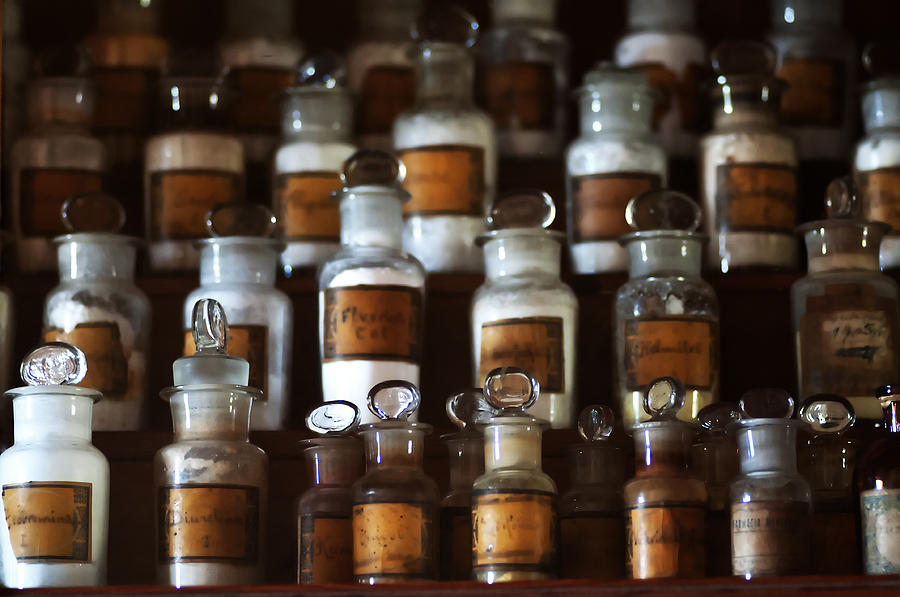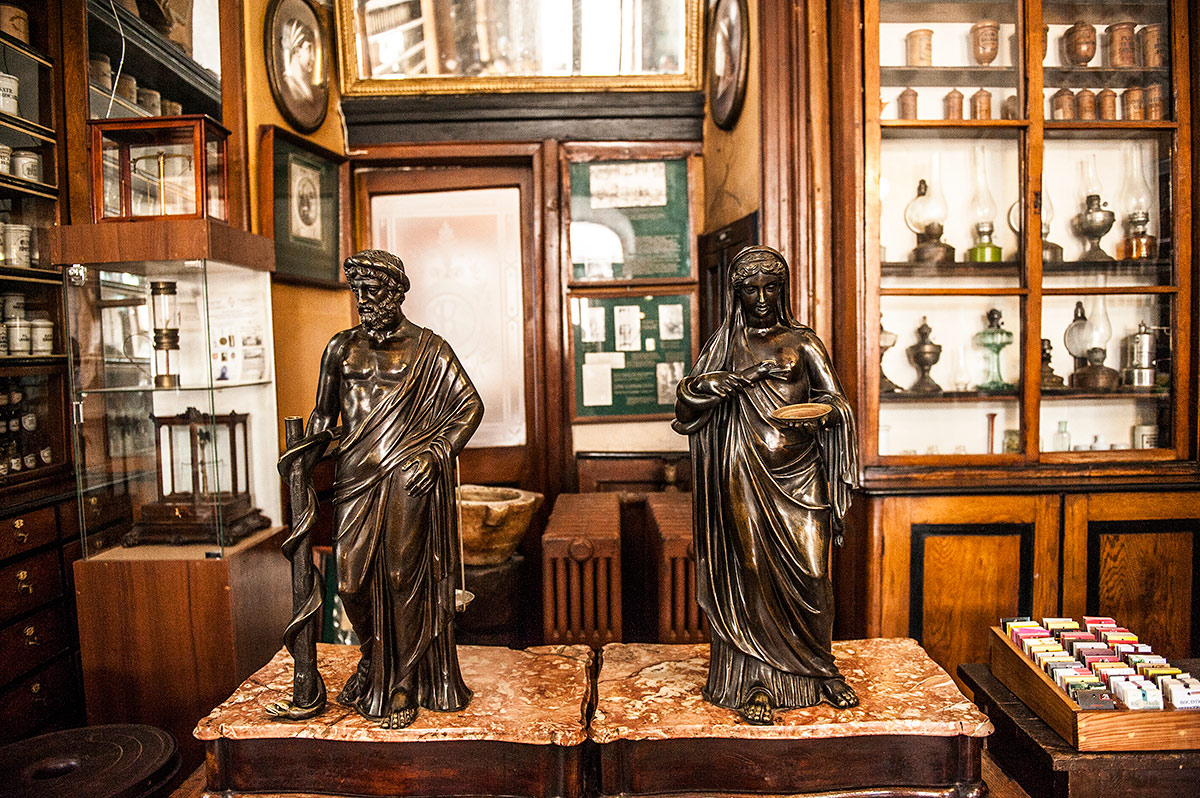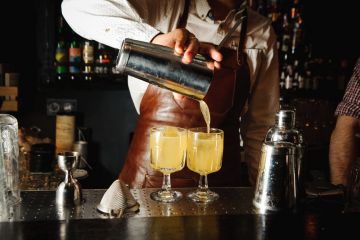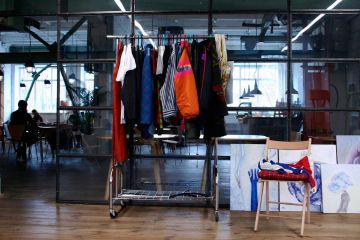Over the course of many centuries in Lviv, competition existed between the monastery and the regular town pharmacies. Monks sold medicine at lower prices and shared pharmaceutical craft with all the interested individuals, their recipes were simple, understandable and had no secret ingredients. At the same time, «secular world» drug stores started to demand a monopoly for the pharmaceutical business. This silent pharmacy war lasted until the Austrian government took over in Lviv.
Read: Lviv Museums Worth Visiting

Despite the fact that competition was very strong, in 1735 a German pharmacist Franz Natorp opened his private pharmacy on the ground floor of the corner building on Rynok Square. This was a full functioning pharmacy, with all the medicine prepared directly in its laboratory. Pharmacies operating in the beginning of the 20th century differed greatly from the ones we buy medicine from today. Back in the days pharmacies served as social clubs. «Under the Black Eagle» quickly became town’s bohemia favorite place to enjoy a cup of tea or coffee, discuss late news or even play cards.
The pharmacy changed owners many times over the following 200 years. With the arrival of Soviets to Lviv during the WW2, «Under the Black Eagle» was confiscated from its private owners and turned to state-owned pharmacy.

In 1960s, the decision was made to open a Pharmaceutical Museum on the premises of the pharmacy, which now remains among Lviv’s most visited travel destinations. The visitors of the museum can examine over 5000 historic items including an ancient weighting device, various pharmaceutical equipment of different ages, a large collection of books on pharmacy and alchemy, samples of medicine, including terrain - a rare universal antidote.
Visitors are also welcome to visit building’s dungeon, which used to house an alchemy lab. Here guests can learn how the lab was equipped back in 16th-17th century as well as examine various materials for alchemical experiments.

In 1980s, it was decided to restore the historical appearance of the building to the way it used to look back in the 16th century, even before the pharmacy was opened there. Now the building boasts the authentic-looking window panes (small and rather dim) created by using the glass-making techniques of old times as well as fully restored woodwork on doors and window frames.
Read: Lviv Undergrounds and Dungeons Tour







